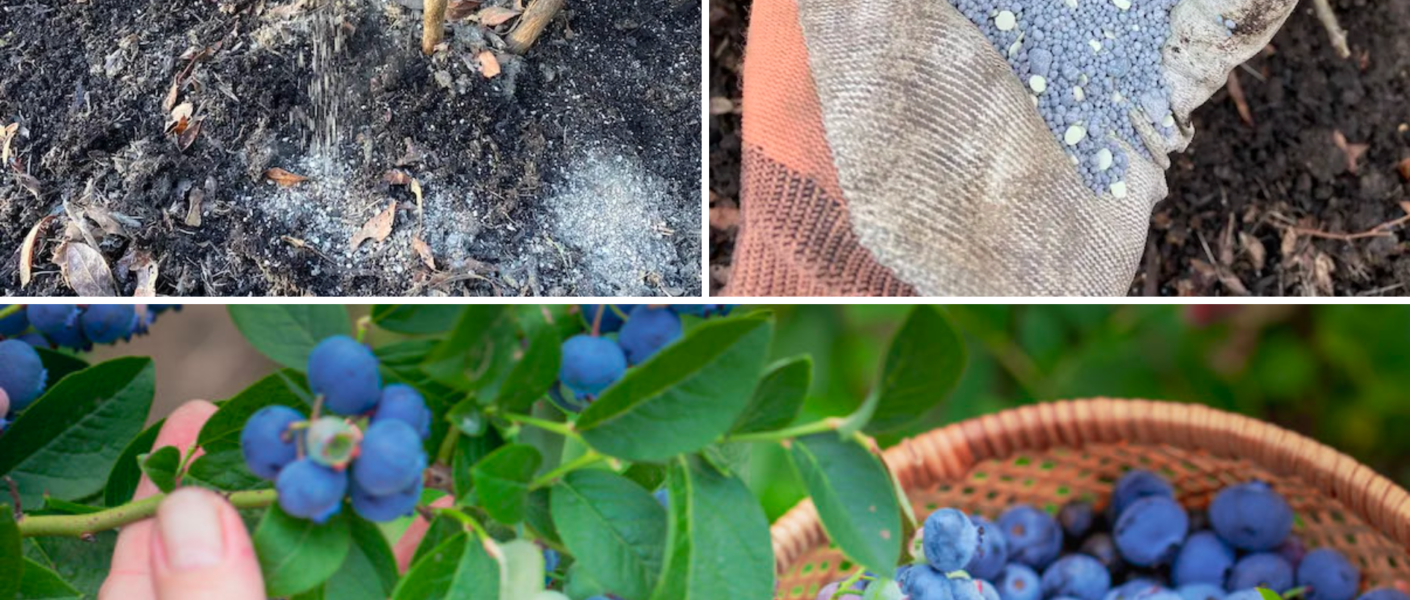Blueberries, with their vibrant color and delicious taste, are a favorite among fruit enthusiasts. To ensure a bountiful harvest of these nutritious berries, understanding the intricacies of blueberry fertilizer application is essential. In this article, we will explore the hows and whens of feeding blueberries, guiding you through the process to foster healthy growth and optimal fruit production.
- Understanding Blueberry Nutrient Needs: Blueberries have specific nutrient requirements to thrive. They prefer acidic soils with a pH level between 4.0 and 5.5. Key nutrients include nitrogen, phosphorus, and potassium, along with essential micronutrients such as iron and manganese. Tailoring your fertilizer regimen to meet these needs is crucial for successful blueberry cultivation.
- Choosing the Right Blueberry Fertilizer: Selecting a fertilizer with the appropriate nutrient balance is vital for blueberry health. Look for a fertilizer specifically formulated for acid-loving plants, often labeled as ericaceous or azalea fertilizer. These formulations typically provide the ideal mix of nutrients for blueberries.
- When to Fertilize Blueberries: Timing is crucial when it comes to feeding blueberries. A general rule of thumb is to fertilize in early spring just before the growing season begins. Additionally, a second application can be made in late spring or early summer after the plants have set fruit. Avoid fertilizing in late summer or fall to prevent stimulating new growth that might be vulnerable to winter frost.
- How to Apply Blueberry Fertilizer: Applying fertilizer correctly ensures that blueberries receive the nutrients they need without risking over-fertilization. Scatter the fertilizer evenly around the drip line of the plants, avoiding direct contact with the stems. Water the plants thoroughly after application to help the nutrients penetrate the soil.
- Adjusting Fertilizer Rates: The fertilizer needs of blueberry plants vary depending on factors such as soil type, plant age, and overall health. Conducting a soil test can provide valuable insights into your soil’s nutrient levels, helping you adjust fertilizer rates accordingly. Monitoring plant growth and foliage color also aids in determining if adjustments are needed.
- Organic Fertilizer Options: For those preferring organic alternatives, several options are available for feeding blueberries. Compost, well-rotted manure, and organic fertilizer blends provide a more natural approach to nourishing your blueberry bushes. Ensure that the chosen organic amendments align with the plant’s acidity preferences.
- Mulching for Moisture and Nutrient Retention: Applying a layer of organic mulch around blueberry plants helps conserve moisture, suppress weeds, and gradually release nutrients into the soil. Pine needles or bark mulch contribute to maintaining the soil’s acidity while providing additional benefits to the plants.
Conclusion: Properly feeding your blueberry plants with the right fertilizer at the right time is key to a successful harvest. By understanding their specific nutrient requirements, choosing appropriate fertilizers, and adhering to a well-timed application schedule, you’ll ensure your blueberry bushes thrive and reward you with a plentiful yield of sweet, nutritious berries.
